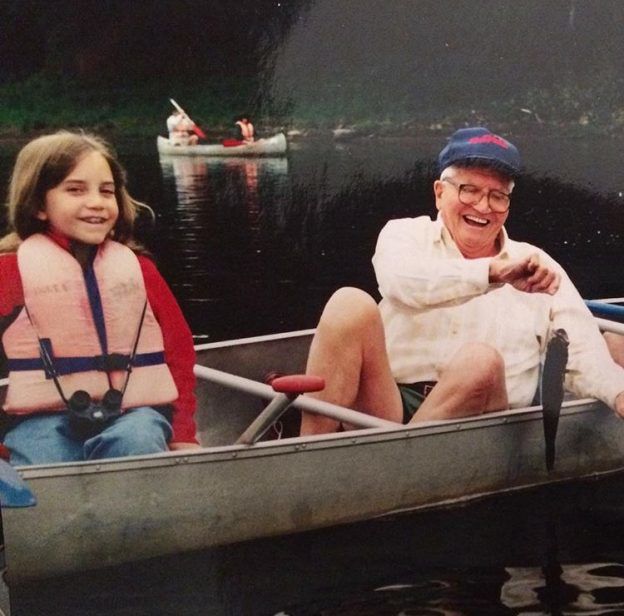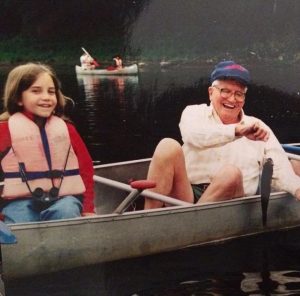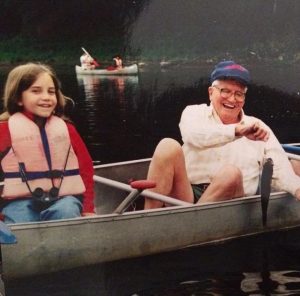Episode 11: The Sights and Sounds of Purple Martins
November 30, 2018
The aesthetic beauty and spiritual connectivity the Native Americans have to the Purple Martin is undeniably strong, it’s no wonder the general public have embraced this special bird and encouraged their presence by adding nest boxes in their backyards. However, it’s this strong embrace in urbanized areas that could be stifling the ability for these animals to find and utilize forest habitats that could be spelling trouble for the birds’ future success. Currently the Purple Martin is listed in the state of Oregon as a “Sensitive-Critical Species” and our guest Lorelle Sherman, a 2nd year Masters student in the Department of Forest Ecosystems and Society, is going to help us understand how humans have possibly altered their natural tree-nesting behavior of the Purple Martin population.
These are birds with an eye-popping iridescent blue-purple body, sleek black wings with a forked tail that aid in its magnificent maneuverability allowing them to fly at speeds of 45 mph or faster. The Purple Martins often nest in groups to help protect each other from predators, their colonial personalities help generate southing chitchat between birds, and they’re very happy to live in artificial nest boxes. So much so that on the east coast of the US they live almost exclusively in bird boxes. Therein lies the problem – these birds are common on the east coast because they completely depend on habitat provided to them by humans; some researchers worry they have lost the generational knowledge of going to the forest to find suitable homes. Conversely, along the west coast of the US they generally utilize cavities in snags (standing dead trees) as their nesting site, but adding backyard bird boxes for the Purple Martin are becoming more common.
Although humans are supplementing places for these birds to nest, high quality habitat in forested areas are shrinking because our natural ecosystems are in peril. Purple Martins have historically depended on wildfires to clear open areas for better hunting grounds, but with the onset of fire-suppression efforts across the west these birds are more reliant on clearcuts typical of industrial forestlands. Couple these regional patterns with the recent global finding that flying insect populations (Martins’ food source is exclusively from eating insects while in-flight) in the tropics are expected to decline as much as 20%, and from 1989-2016 German nature preserves have documented a 75% decline flying insects biomass. It’s no surprise that aerial insectivores being the most rapidly declining group of birds in North America. If scientists are to better understand avian populations, the habitat qualities and the relative availability of food necessary for their survival must be assessed simultaneously.
Lorelle will help us untangle the effects of declining insect populations, possibly driven by a warming climate, and overlay those links with how humans on the west coast are putting up more artificial bird boxes making it easier to for birds to disregard forests as potential habitat all together. She is slowly uncovering the hidden elements of these critical birds by studying the food sources in two different habitats, an upland forest and along waterways with artificial bird boxes, and the birds’ willingness to seek out ideal habitat. Lorelle has grown up infatuated by birds her whole life, often running away from home just to sit underneath a tree to observe her flying friends overhead. At the age of eight her parents got her binoculars to cultivate her love of birds that she carried through her undergraduate research experiences in Vermont studying Double-crested Cormorants and Great Horned Owls. After a landing a dream job at a non-profit focusing on environmental education and green infrastructure in Pennsylvania she decided it was a good time to return to school to pursue a graduate degree. She originally moved to Oregon to work at the Bandon National Wildlife Preserve, but is now a Masters Student with Dr. Joan Hagar while continuing her outreach activities volunteering for birding festivals such as the Oregon Shorebird Festival and the Birding & Blue Festivals. In her free time you can find Lorelle running away from the office and searching for mushrooms, wild edibles, or other elusive birds.




